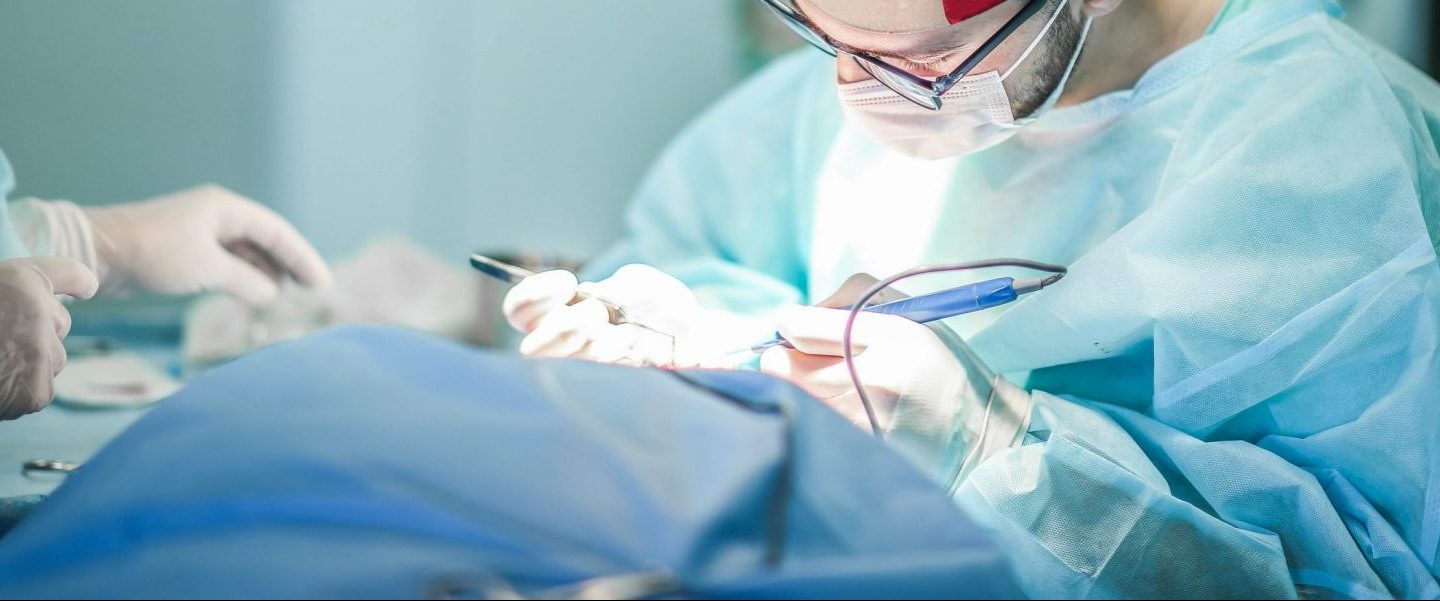SKIN CANCER
At Complete Dermatology, we take skin cancer seriously. Mohs Surgery is the most effective treatment for most types of skin cancer. Our award winning, experienced surgeons have years of training in the most advanced skin cancer removal procedures.
ABOUT MOHS SURGERY
Mohs surgery can be described as the surgical removal of skin cancer and other appropriately-indicated malignancies followed by microscopic examination of graphically-oriented, oblique tangential histologic sections of the entire surgical margin of excised tissue, to ensure the complete removal of the malignant tissue. In other words, the Mohs surgeon removes the first level of cancerous tissue, draws a corresponding diagram or “map” to ensure proper orientation on the patient, and the Mohs technician efficiently sections and stains the tissue to prepare a microscope slide. The Mohs surgeon then “reads” the slide to determine which margins still contain cancer cells. This process is repeated until the lesion and any cancerous “roots” have been completely removed. At this time the surgeon closes the surgical defect using one of a variety of simple to complex reconstruction techniques.
SURGICAL OVERVIEW
In Mohs surgery, the dermatologist performs the dual role of skin cancer surgeon and pathologist. The Mohs procedure involves the surgical removal of the visible portion of the skin cancer, along with a layer of the surrounding skin. This issue is then divided into sections and color-coded by the Mohs surgeon, while corresponding reference marks are made on the patient to indicate the source from which each section was taken. The surgeon then draws a map of the surgical site, and the tissue is processed to create microscope slides for examination and analysis by the physician. The undersides and edges of each section is examined microscopically for evidence of remaining cancer cells.
If cancer is still present, the involved areas are carefully marked on the map and the patient is prepared to undergo removal of another layer of tissue. It is important to note that any additional tissue is removed only from the area(s) in which cancer cells are still evident on microscopic examination. This process is repeated until no further evidence of cancer remains at the surgical site.
PATIENT EDUCATION
The ASMS has prepared this short informational video to provide an overview of the Mohs technique and address patients’ frequently-asked questions. Patient knowledge and advance preparation is beneficial for most medical procedures, and Mohs surgery certainly is no exception. Please be sure to discuss any remaining questions or concerns with your Mohs surgeon prior to surgery.
EFFECTIVENESS
Clinical studies have demonstrated that Mohs surgery provides five-year cure rates approaching 99% for new cancers and 95% for recurrent cancers.
Important advantages of the Mohs procedure are that it allows the greatest amount of surrounding healthy tissue to remain intact, potentially reducing the size of the final surgical defect and resulting scar; and that the methodical manner in which all lateral and deep tissue margins are examined enables the surgeon to detect and remove any “roots” of the skin cancer that may be present, which greatly reduces the likelihood of recurrence.
Learn more about the procedure from the American Society for Mohs Surgery. Watch the video below.
For more information about Mohs Surgery, visit the American Society for Mohs Surgery website.


